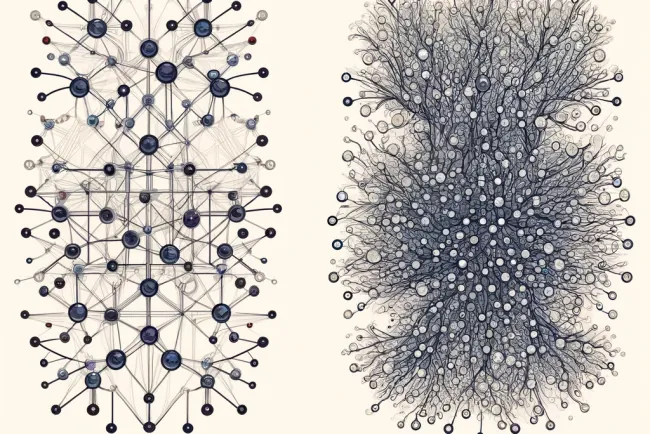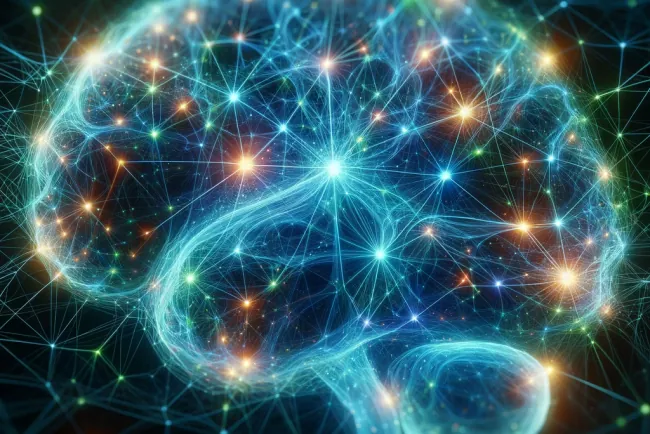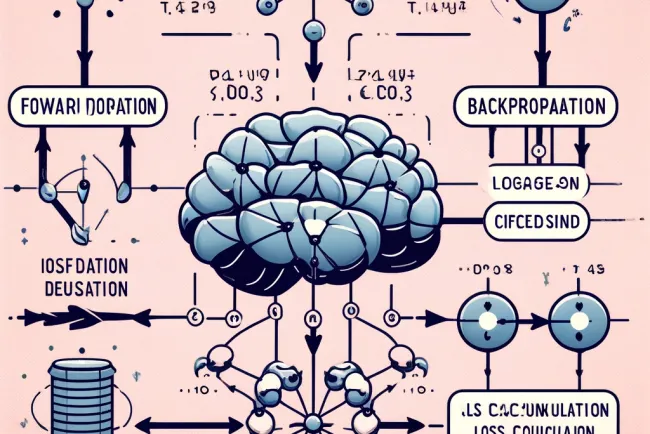what is neural network most easy way to learn
what is neural network most easy way to learn, intricate structures of neural networks, their learning processes
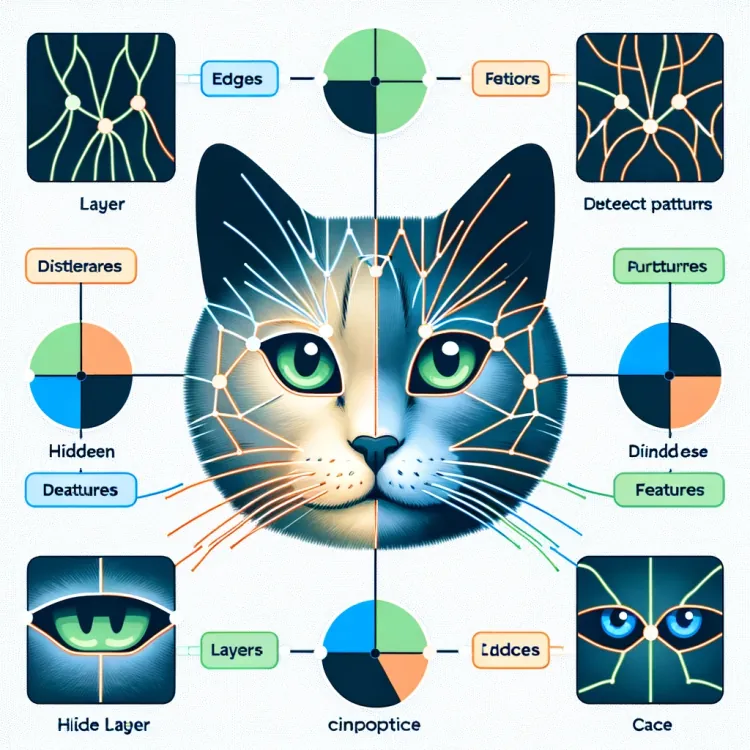
let's dive deeper into how a neural network works, particularly in the context of recognizing images like a cat.
A neural network is a type of computer system that's designed to work a bit like a human brain. It consists of layers of interconnected "neurons" which are small processing elements that work together to solve specific problems. Neural networks are especially good at recognizing patterns, which makes them useful for tasks like identifying objects in pictures, understanding spoken words, or making predictions based on data.
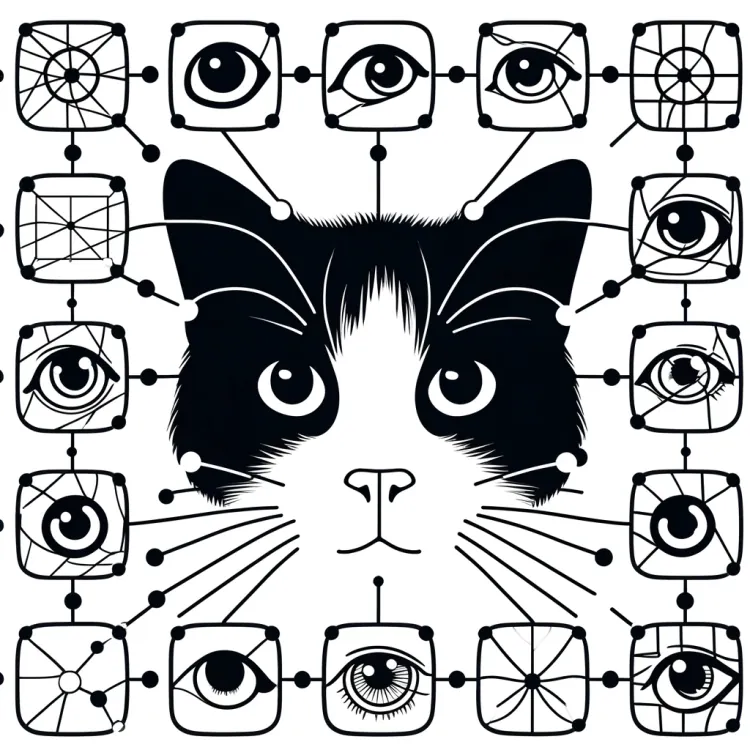
Here’s a simple way to visualize it: Imagine you're trying to teach a computer to recognize cats in photos. You show it lots of pictures, and each neuron in the network processes a part of the picture, like edges, colors, or shapes. As the network sees more images, it learns which patterns are most likely to make up a cat. Over time, it gets better at figuring out what's a cat and what's not, just like a child learns from experience.
Structure of Neural Networks
-
Input Layer: This is where the neural network receives its raw data. In the case of image recognition, the input layer would take in the pixels of the image. Each neuron in the input layer represents a pixel's value (brightness, color, etc.).
-
Hidden Layers: These layers are the heart of a neural network. They are made up of neurons that do not interact directly with the external environment (both inputs and outputs are internal to the network). Each neuron in these layers processes inputs from the previous layer based on what it "learns" during training and passes on its output to the next layer. The hidden layers can identify various features of the input. For example, the first hidden layer might detect edges, the second layer might identify patterns, and the third layer might recognize complex objects like parts of a cat’s face.
-
Output Layer: The final layer produces the network’s predictions. For image classification, the output layer could determine whether the image contains a cat, based on the features recognized by the hidden layers.
Learning Process
Neural networks learn through a process called "training." Here’s how it typically works:
-
Forward Propagation: Input data (e.g., an image) is passed through the network, from the input layer through the hidden layers to the output layer, which gives a prediction.
-
Loss Calculation: The prediction is compared to the actual label (e.g., whether the image is indeed of a cat). The difference between the prediction and the actual label is calculated using a "loss function," which measures the prediction error.
-
Backpropagation: This is where the network learns from the error. The error is sent back through the network, and the weights of the connections between neurons are adjusted to reduce the error. The adjustments are made using an algorithm called "gradient descent," which iteratively tweaks the weights to minimize the overall loss.
-
Iteration: This process is repeated many times with many different examples (images), allowing the neural network to improve its accuracy over time by learning from its mistakes.
Example in Image Recognition
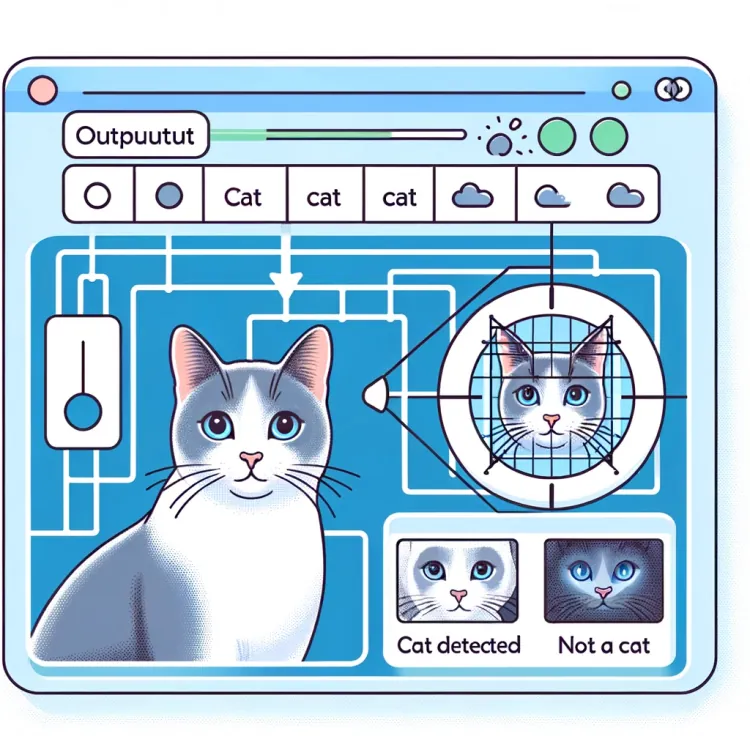
Imagine you're training a neural network to recognize cats:
- First Layer: Detects basic visual elements like edges and simple textures.
- Middle Layers: Begin recognizing more complex combinations, like shapes or specific features like eyes and ears.
- Final Layers: Identify higher-order features that collectively form 'cat-like' attributes.
The training involves showing the network many images, telling it which ones have cats, and allowing it to adjust itself based on its errors. Over time, it gets better at figuring out what makes a cat a cat, based on the patterns it sees in the training data.
This process allows neural networks to perform complex tasks like recognizing images, understanding spoken language, or predicting market trends based on historical data.
What's Your Reaction?







